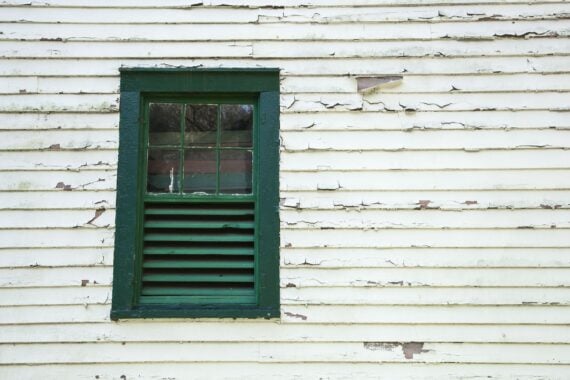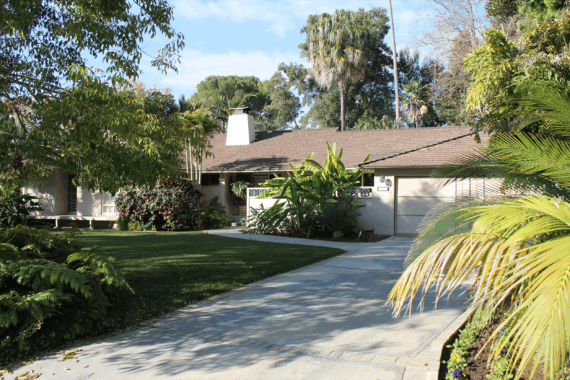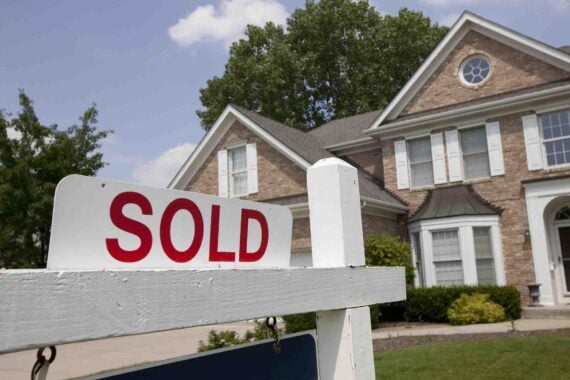Historic or older homes can bring a lot of charm and details that aren’t available in the standard look of a new build. But they also may come with years of delayed or ignored maintenance hiding under the surface. While homeowners insurance can help if your older home is damaged in a natural disaster, these issues are often not covered under insurance, resulting in expensive bills. If you’re considering buying an older house, walk through with your home inspector and see if they identify any of these issues. You’ll want to factor in upcoming expensive repairs into whether a house’s price is a good deal for you.
“An appraiser and proper home inspection will help you identify the status of the home in advance, and sometimes items that need fixing or updating can be deducted from the purchase price,” says Bianca Colasuonno, a Compass real estate broker in Queens, New York. “Understanding the infrastructure and bones of the home is the best way to avoid costly repairs down the line.”
Related: 32 Ways You’re Ruining Your Home and Don’t Even Know It
Mold Removal
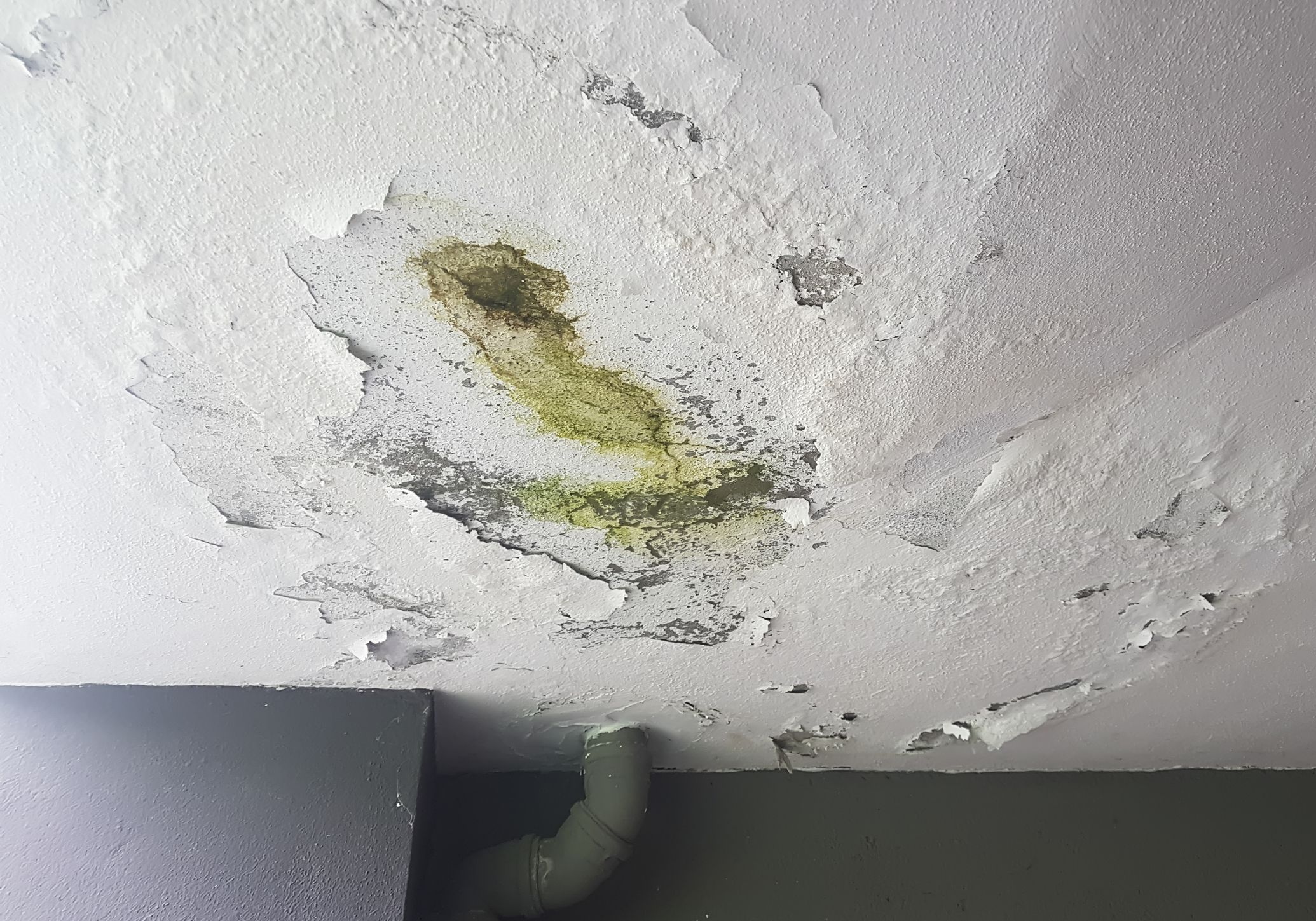
Mold and pests can be health risks, especially as mold damage can go unnoticed and unrepaired for long periods. Expect to pay in the $500 range for a minor mold removal and up to $6,000 for major, unaddressed mitigation needs.
Related: What You Don’t Know About Mold Can Ruin Your Life
Hot Water Heater Replacement
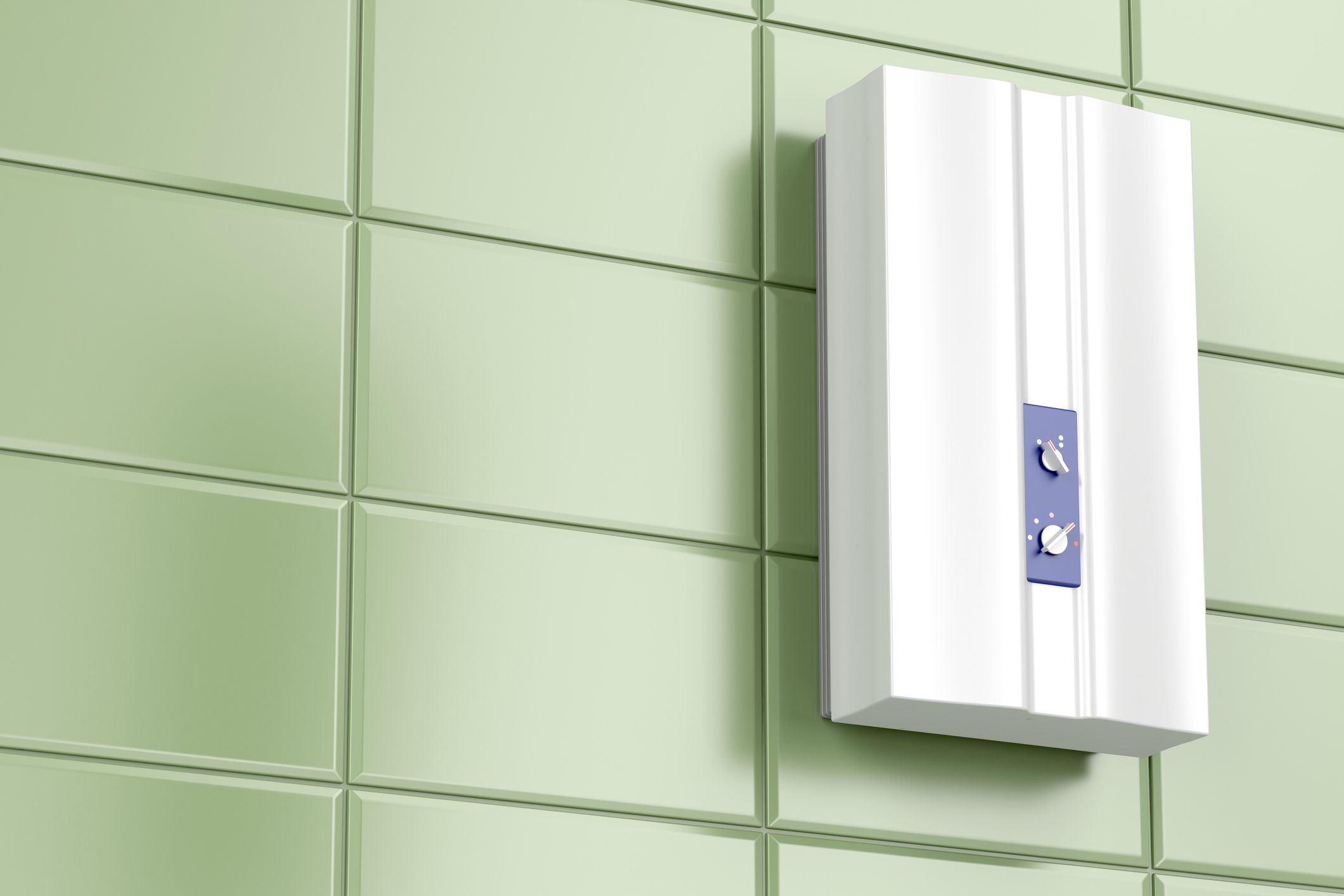
Older homes have had longer for the hot water heater to get older and stop working as well, so consider whether a full replacement is in your future. It’ll run somewhere around $1,000 for labor and the heater, with some variation possible.
Related: 13 Energy Conservation Myths You Can Start Ignoring Now
Lead Paint Removal
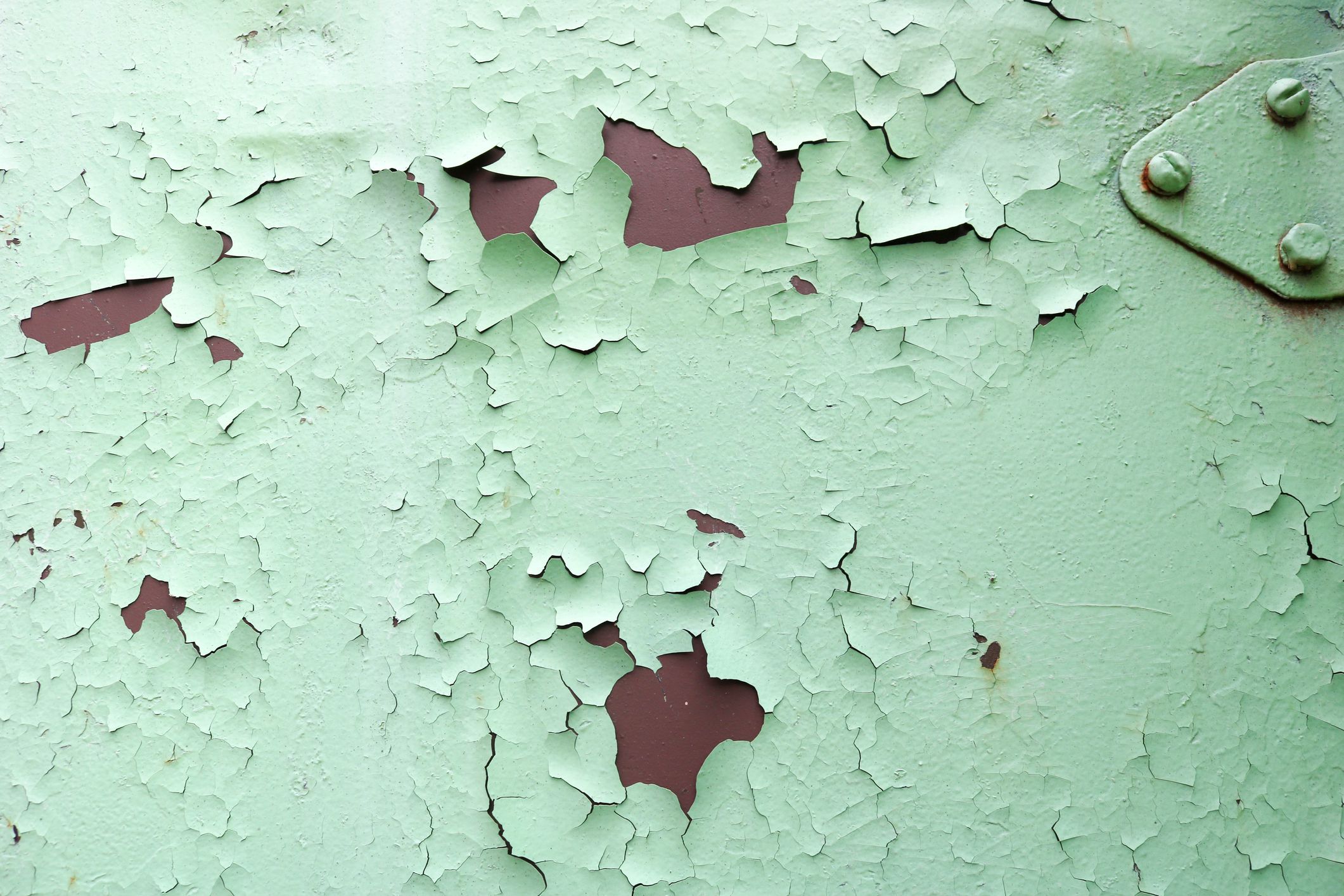
Painting a home’s interior isn’t cheap, at $2,007 on average, but it is well worth it if you discover traces of lead in your current paint. Lead is dangerous if ingested, and while you aren’t eating flecks of paint on purpose, children might be. Everyone is safer when the paint either is sealed in with a new coat of lead-free paint (if in good condition) or removed (if already deteriorated and chipping).
Related: 30 Dangerous Products That Were Popular When You Were a Kid
For more helpful home maintenance articles, please sign up for our free newsletters.
Rewiring a House
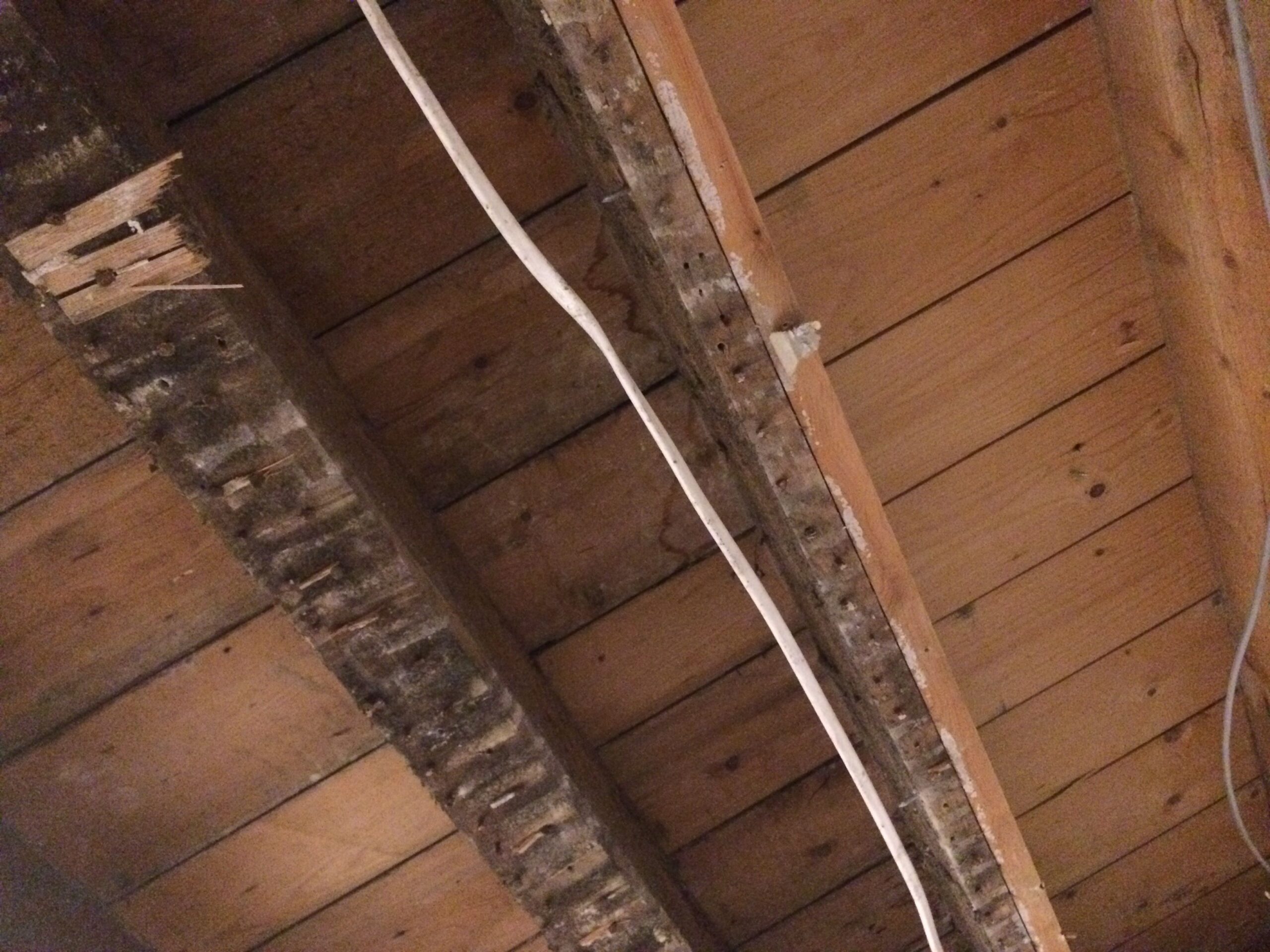
On average, if your home has old, dangerous electric infrastructure you’ll pay $2,100 to rewire it with safer, plastic-encased wires. Bare wire or older styles of wire can create fire hazards when combined with the modern appliances you’ll want to use.
Related: 13 Little Home Improvement Projects That Make a Big Impact
Older Wood Window Replacement

The costs to replace windows can vary widely, but older homes often have drafty wooden windows that would be much more energy-efficient if replaced with vinyl frames, double-paned windows, or other modern takes. Updating a three-bedroom house can range from $3,000 to $10,000, depending on the quality of windows. “Older homes may not be energy efficient,” Colasuonno says. “You want to make sure you update windows and doors to something modern but classy, which can save you a lot of money on heating bills.”
Related: 20 Fun and Smart Ways to Spend Your Tax Refund
Trending on Cheapism
Cracked or Damaged Foundation
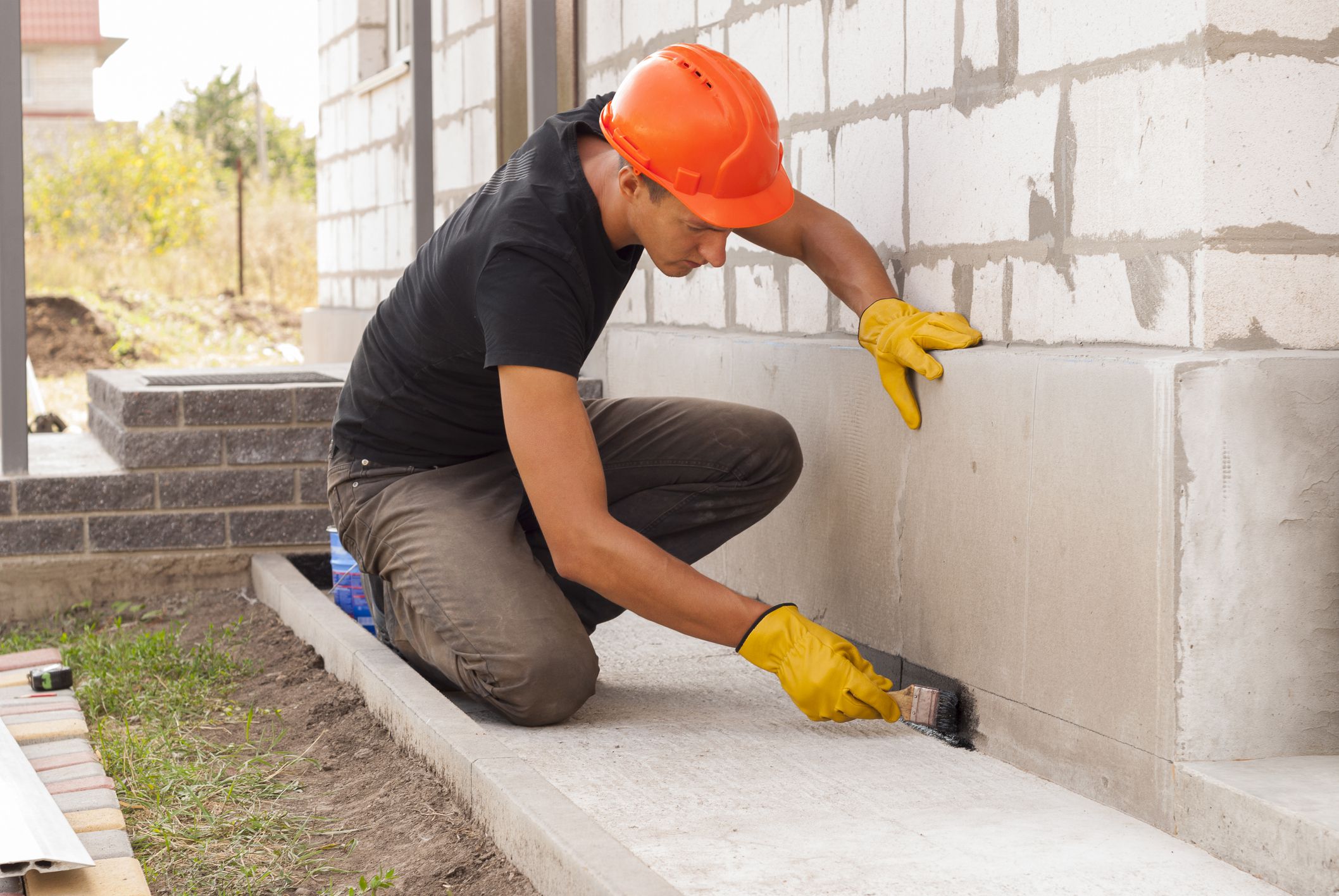
The longer a home has had to settle and experience shifts in the ground around it, the more likely that pressure on the foundation could have created cracks. Fixing these damages to keep your home safe and secure from water damage can cost in the neighborhood of $4,000. “One of the most important things you’d want to do to take care of any home is water management,” Colasuonno says. “You want to make sure the brick pointing is done and there’s no water seeping in within the bricks.”
Related: 20 Ways to Upgrade Your Home That Will Save Money in 2021
Old Plumbing and Sewer Line Repair
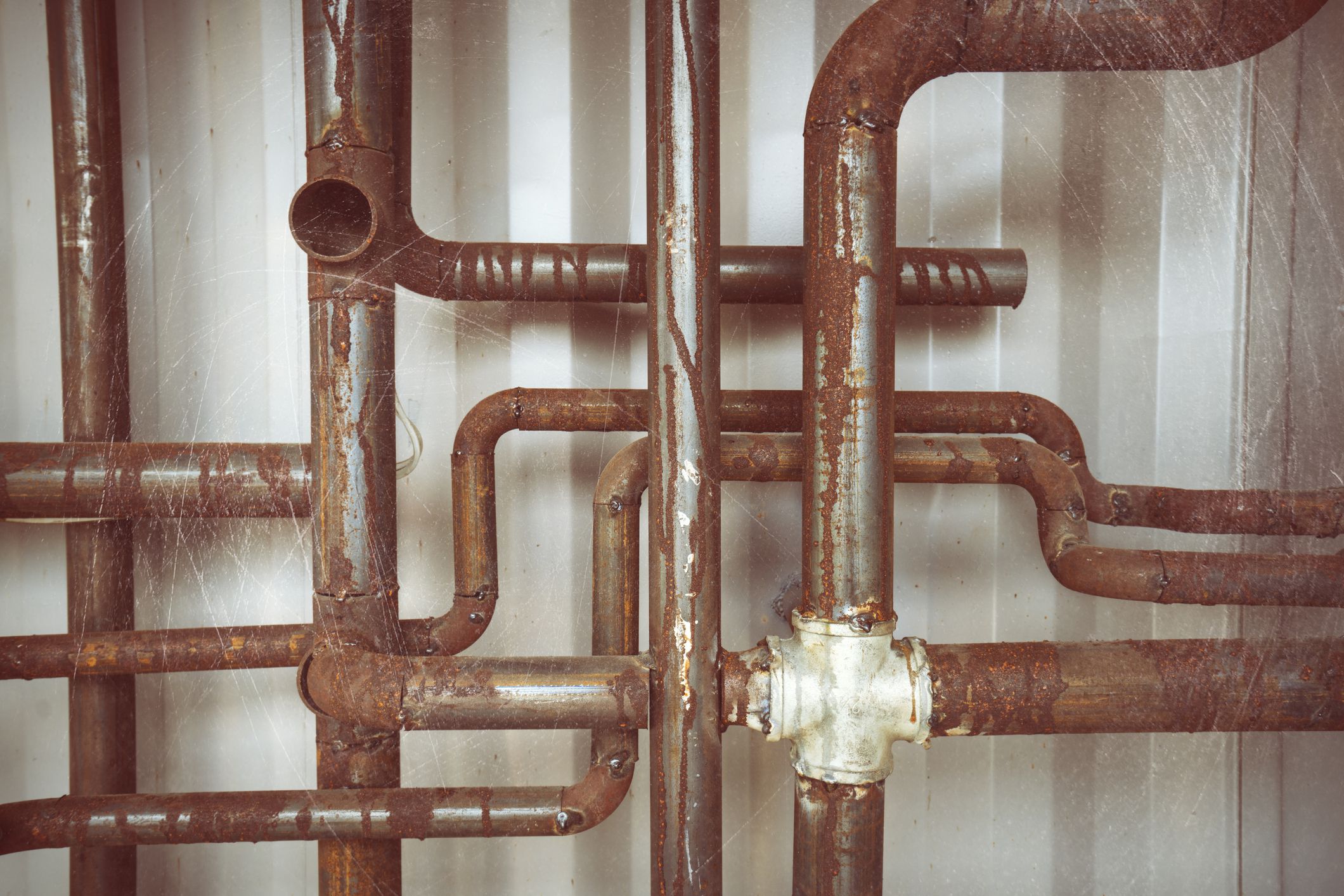
The longer a home and the trees near it have been standing, the more likely it is that tree roots could have damaged sewer lines into the home, or that you’ve got older, leaky plumbing in general. Costs for replacing a main sewer line from house to street start in the $4,000 to $6,000 range, but can go up easily based on the distance that needs to be covered or complexities that arise.
Related: 17 Lies That Plumbers Tell to Drain Your Wallet
HVAC Replacement
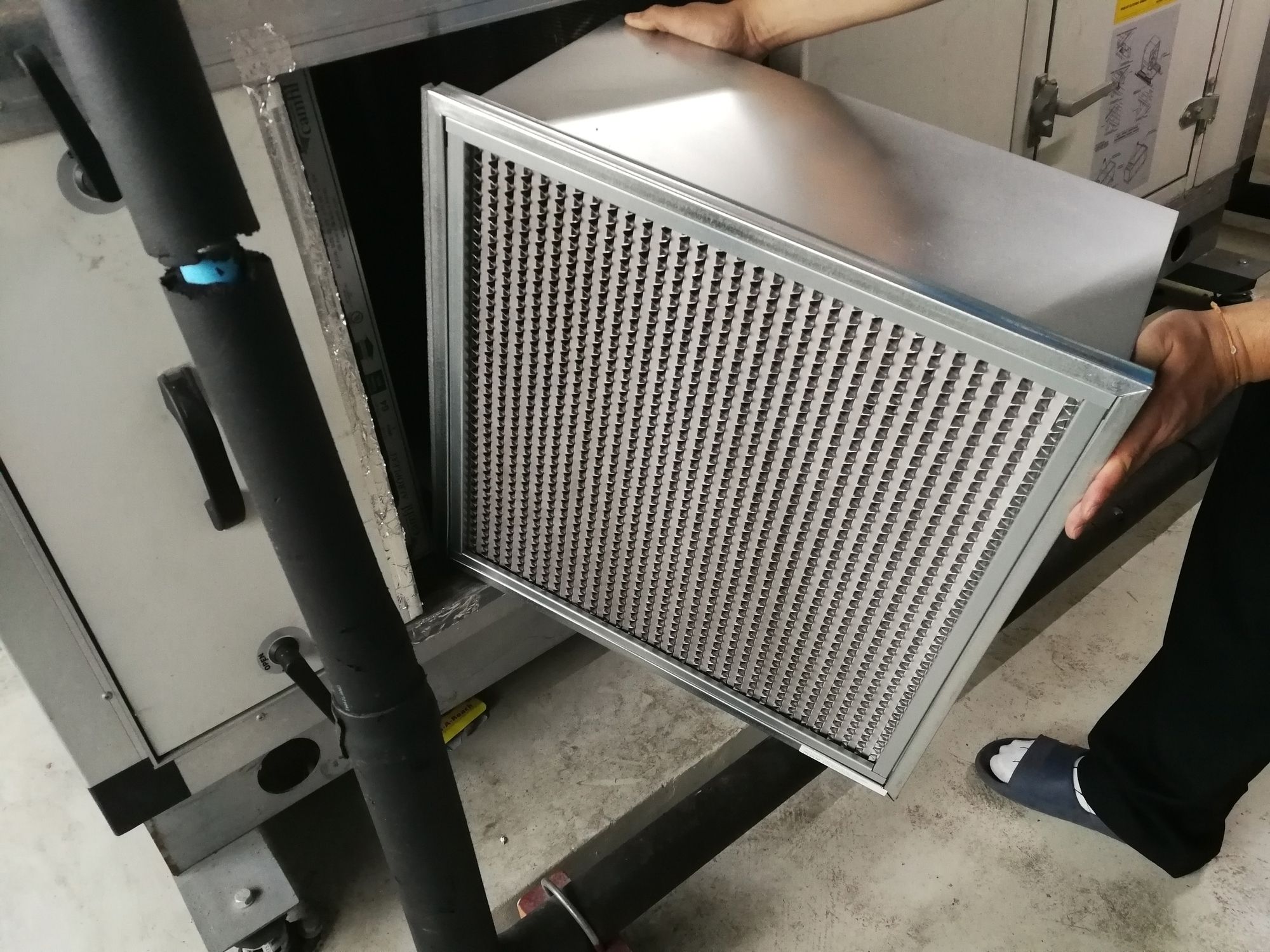
Replacing a furnace or air conditioning unit, all told, is often in the range of $5,000 to $10,000, depending on the capacity you need and the brand. You can save on this expense if you get HVAC systems serviced each year and catch small issues before they create a catastrophic failure of the system.
Related: 50 Money-Saving Energy Tips
Sign up for our newsletter
Roof Repair or Replacement
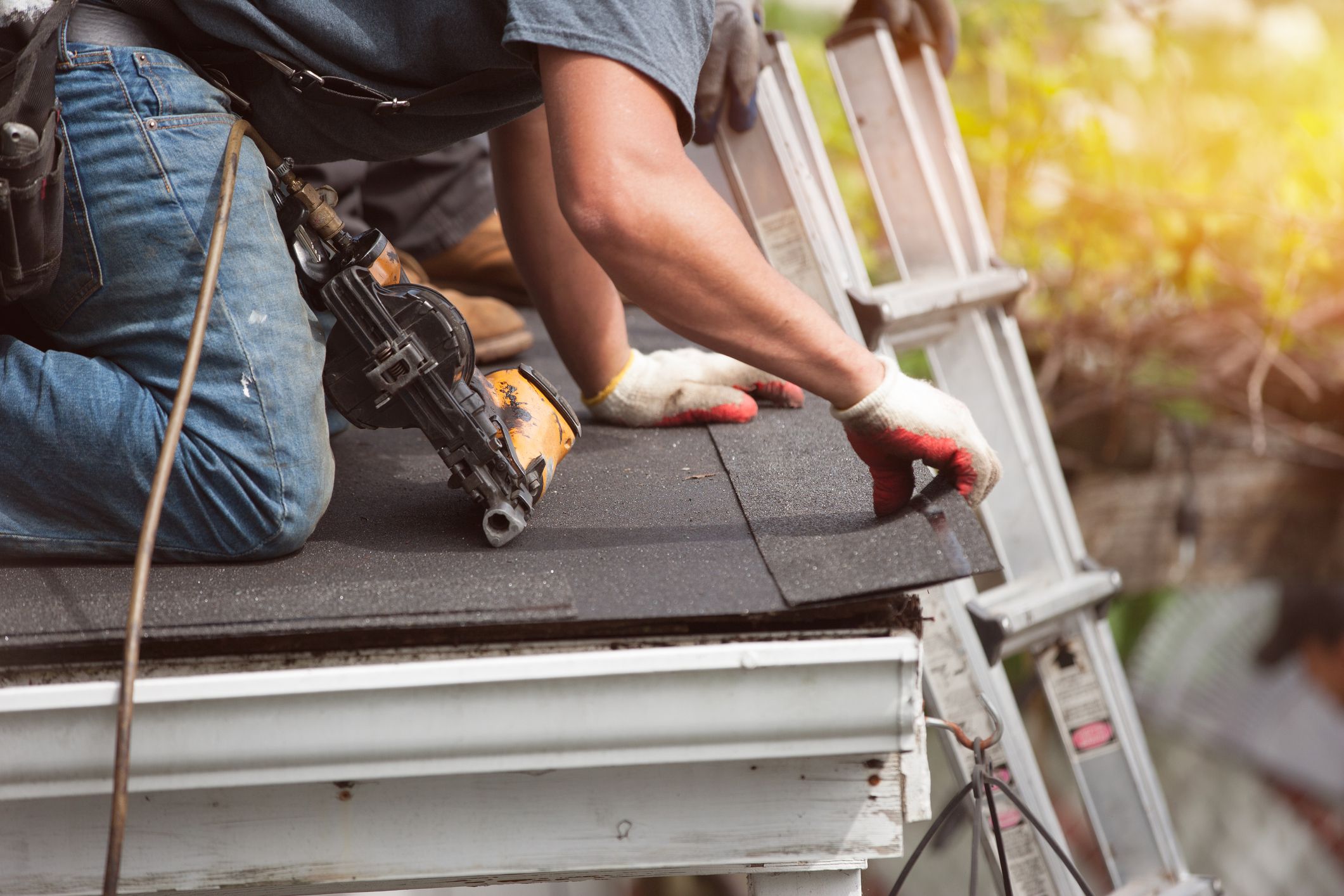
When roofs aren’t maintained and repaired, even a roof with a 25- to 30-year projected lifespan can need replacing much sooner. With the 2020 average cost of roof replacement at $9,375, older homes with complicated, multi-level roofs may find that the costs are in the five figures.
Related: 5 Projects That Boost Home Value — and 5 Cheap Alternatives
Siding Repair or Replacement
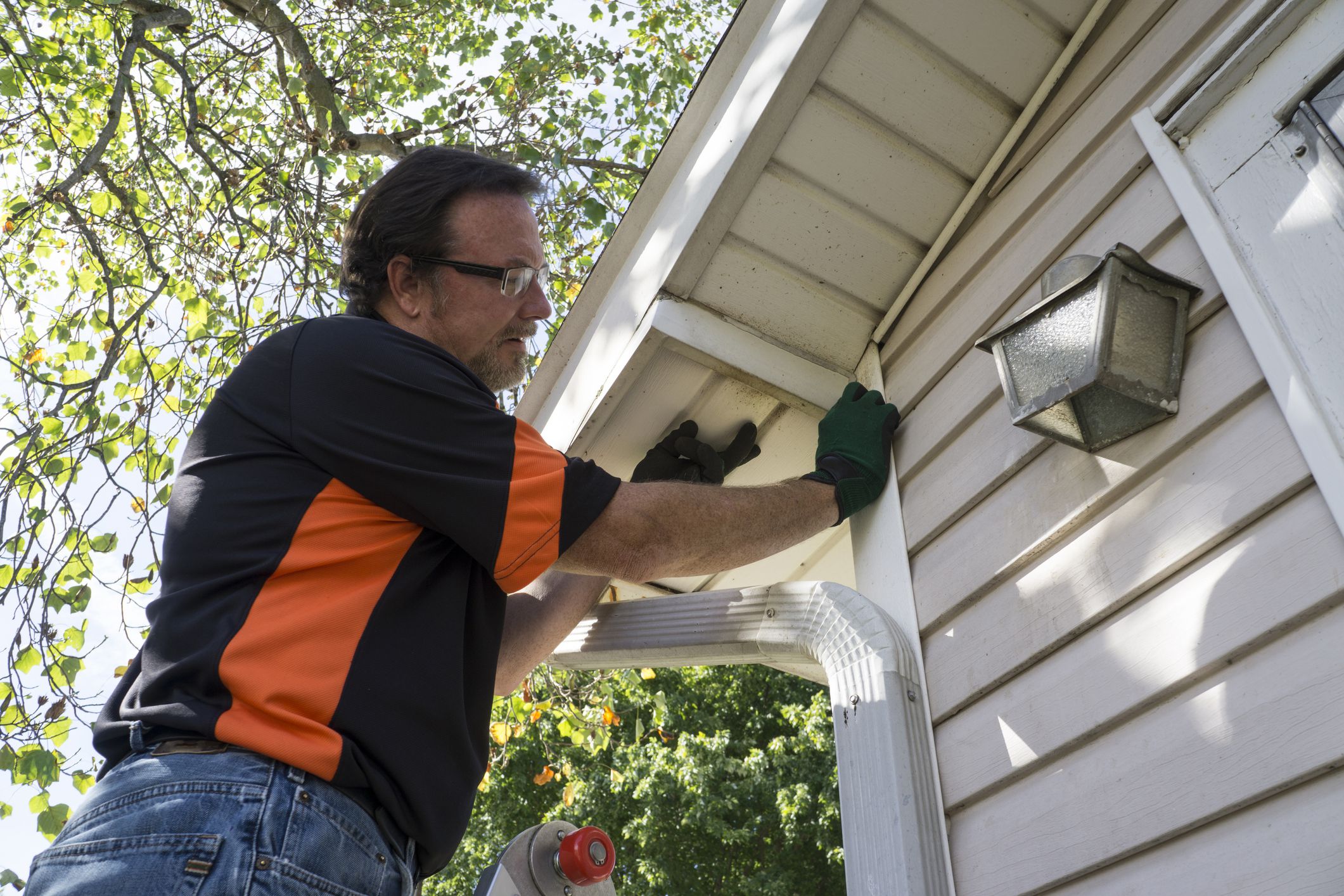
Exterior siding on older homes may not be as durable as it once was, and it may not be vinyl — the industry standard at this point. Replacing or adding vinyl siding to the entire exterior of a home cost, on average, $13,974 in 2020. Preventative maintenance costs less, so it’s worth looking over your house every six months or so to catch siding that has been damaged.
Related: 17 Low-Cost Home Renovation Ideas With the Biggest PaybackHidden or Box Gutter Damage
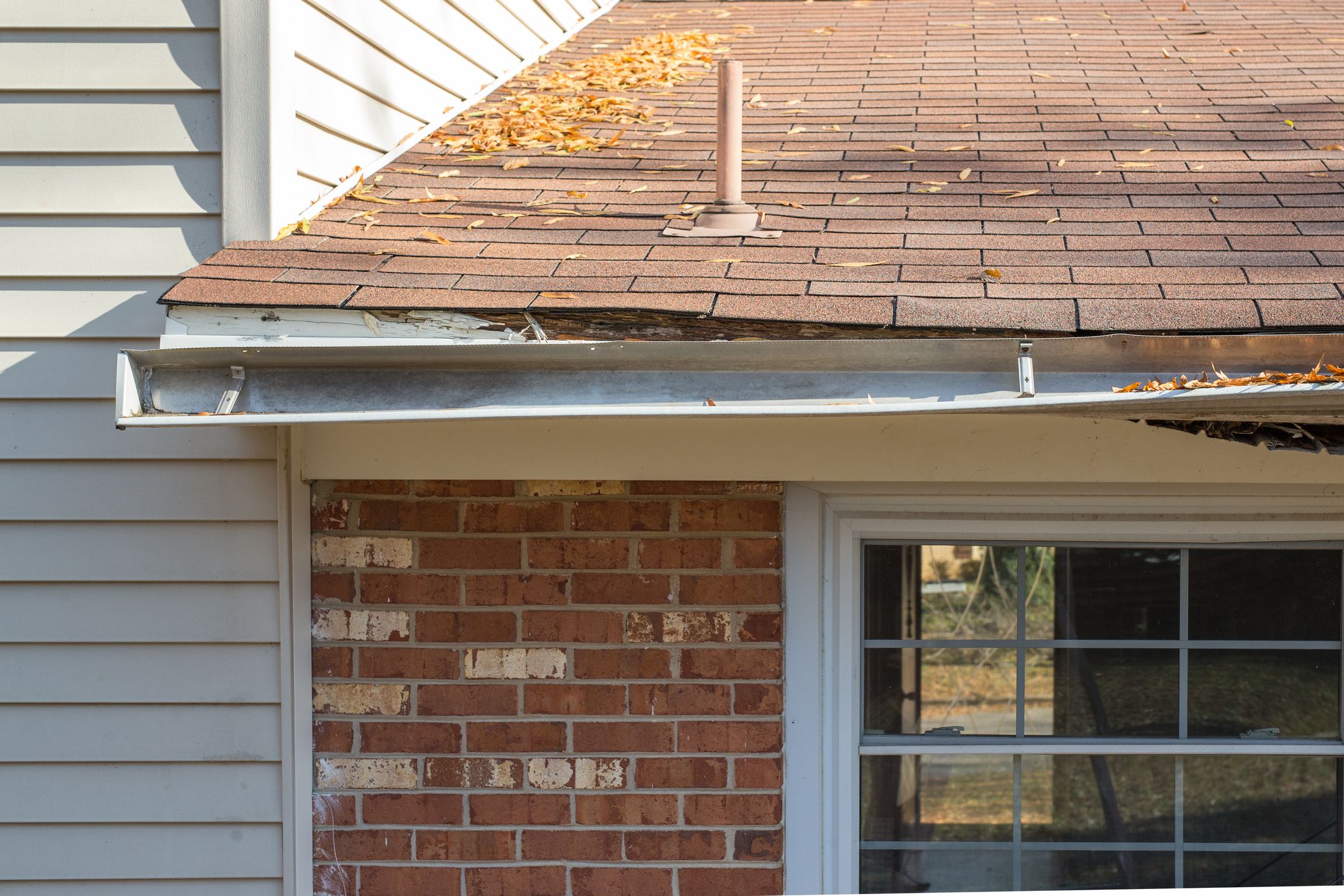
Some older homes still have box gutters, which are built into the structure. Repairing them is very expensive, but removing them to replace them with standard gutters is even more so; prices can vary widely based on the extent of the damage. But it may be important to fix them, since water damage from leaks in the gutters can harm the wood of the house underneath.
Related: 20 Winter Home Improvement Projects for Under $1,000
Septic Tank Repair and Replacement
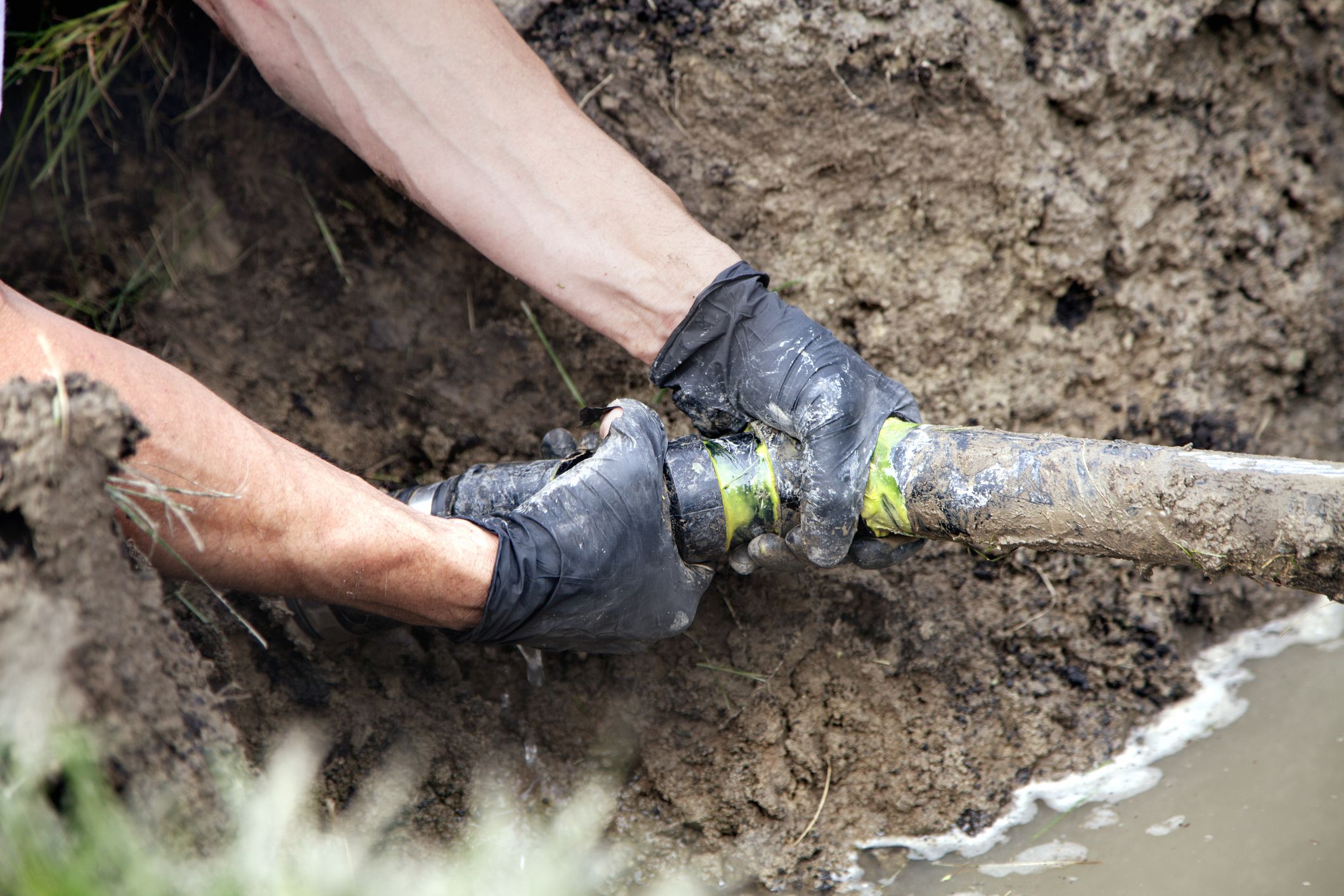
Older rural homes or other older homes on septic systems face potential expenses when dealing with long-term upkeep such as replacing pipes, replacing a drainfield, or completely retrofitting for a new treatment system. These costs range from a couple hundred dollars to repair or replace a pipe to five figures to completely revamp your system.
Related: If You Have These Problems With Your Home, You Must Live in the …
Plaster Maintenance
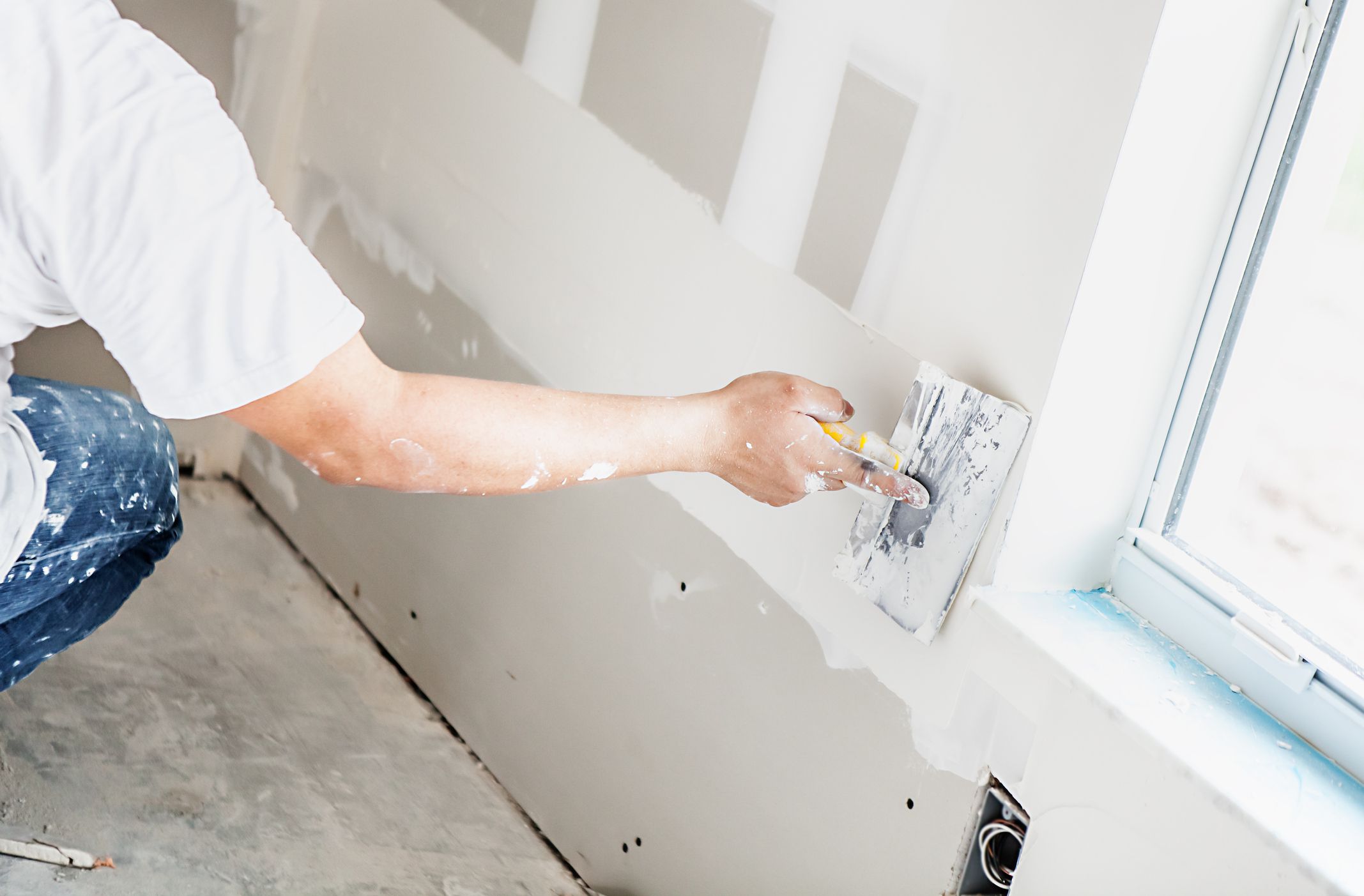
Homeowners of older homes may discover damage to walls and find they’re plaster instead of modern drywall. They’ll have to decide between finding a good plaster repair professional or replacing it with drywall, but in general replacement isn’t recommended. Prices vary based on the extent of the damage. “A well-built house can have beautiful features like floors or moldings that can be preserved and incorporated with modern updates. These are the elements of the home that make it special and unique. Uncovering historic elements can be a lot of fun and help you think about design in a new way,” Colasuonno says.
Related: 13 Surprisingly Simple Home Repairs You Can DIY to Save Big
Asbestos Mitigation
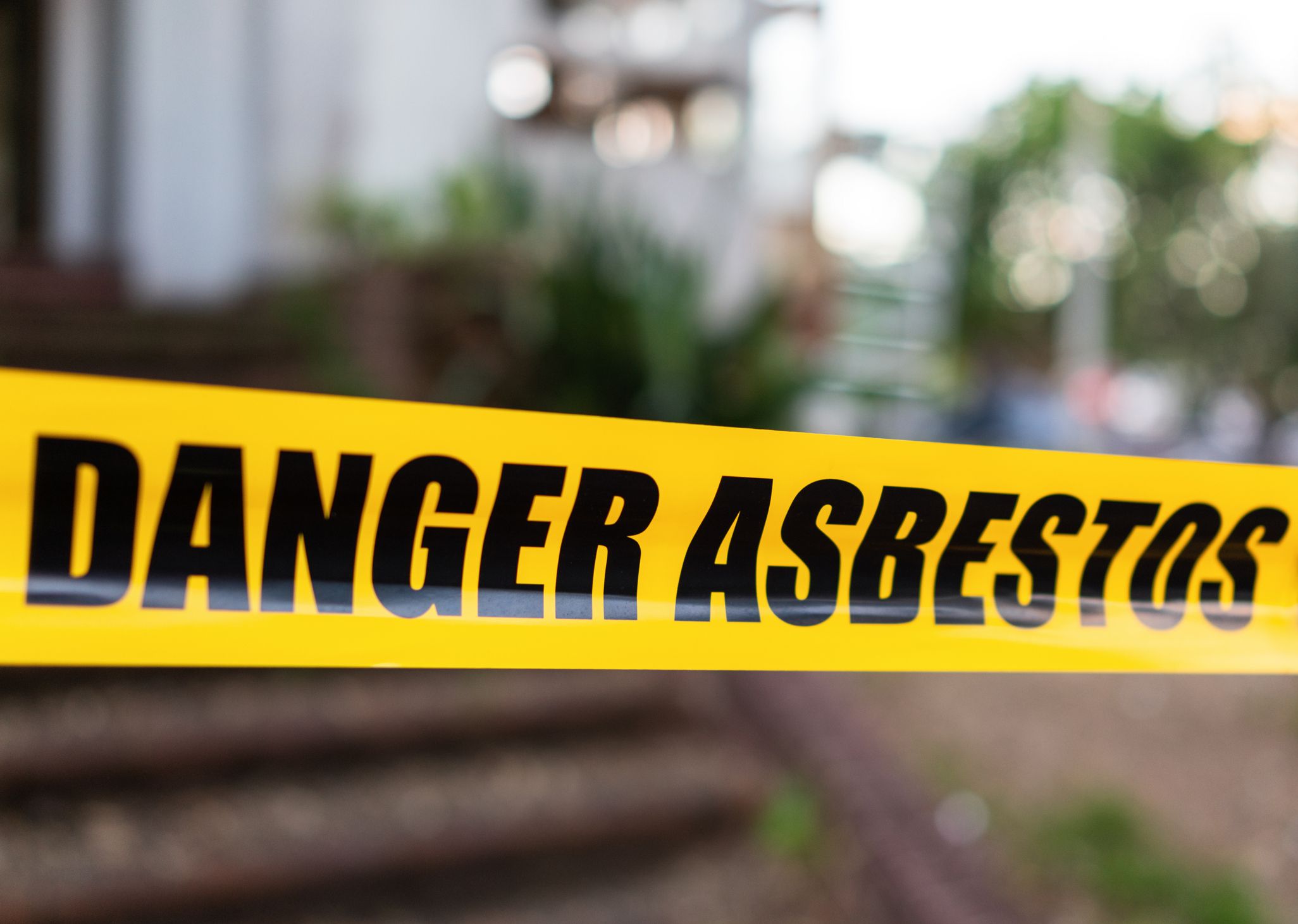
Older homes may have been built or remodeled using asbestos. Determining whether you have asbestos in your older home will cost a few hundred dollars for an inspection — and then there’s the costs to remove and replace items with asbestos, which will range widely based on how much was used.
Related: 10 Costly Home Repairs Your Insurance Might Not CoverTermite Mitigation

As with many things, if you find evidence of termites, you’ll pay less by acting quickly than if you wait for it to get bad. Treatments often run a few hundred dollars, with the total bill getting more expensive and complicated if there is also enough damage to need repairs to the home.
Related: 22 Cheap, Natural Ways to Rid Your Home of Pests
How to Keep Costs Down: Start Saving for Maintenance From Day 1

Many people use 1% to 2% of the home’s value as a proxy for how much they should save annually for repairs. Owners of older homes may find they can pay maintenance bills more easily if they budget 3% to 4% instead for maintenance and repairs to avoid being blindsided.
Related: 24 Money-Saving Tools That’ll Keep Your Budget on Track
How to Keep Costs Down: Find Reliable Professionals

Nothing costs more than having to do the same repair twice because of shoddy work. Take the extra time to get multiple quotes, seek testimonials, and evaluate carefully what protections each repair or maintenance company offers you as a customer.
Related: 20 Repairs to Leave to the Pros
How to Keep Costs Down: Set Aside for Specific Expenses

Some expenses, such as HVAC, hot water heaters, and roofs are replaced on a fairly consistent timetable, give or take a few years. When you know that the next two to five years will hold a major replacement cost, start a monthly contribution to a separate savings account earmarked for that purchase to offset the shock of the cost later on.
Related: 20 Painless Ways to Grow Your Emergency Fund
How to Keep Costs Down: Fix Issues When They’re Small
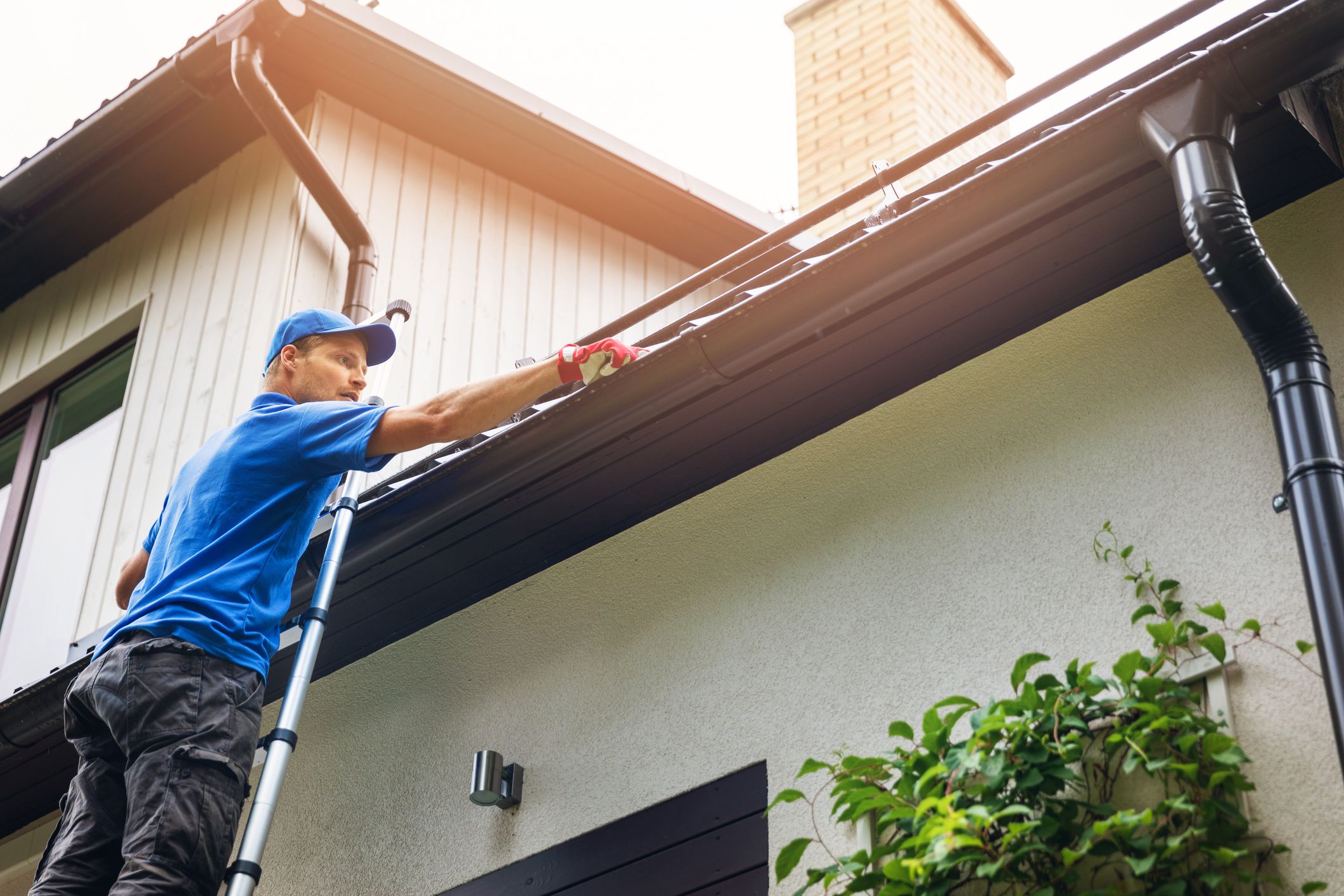
Nickel and diming an old home by avoiding routine maintenance and small repairs is a way to create major costs. Instead, survey regularly for changes, such as new cracks in basement walls, and have a professional evaluate different systems yearly to allow you to anticipate issues and avoid sudden issues that create much more damage.
Related: This Spring Home Maintenance Checklist Could Save You Thousands
